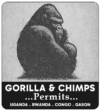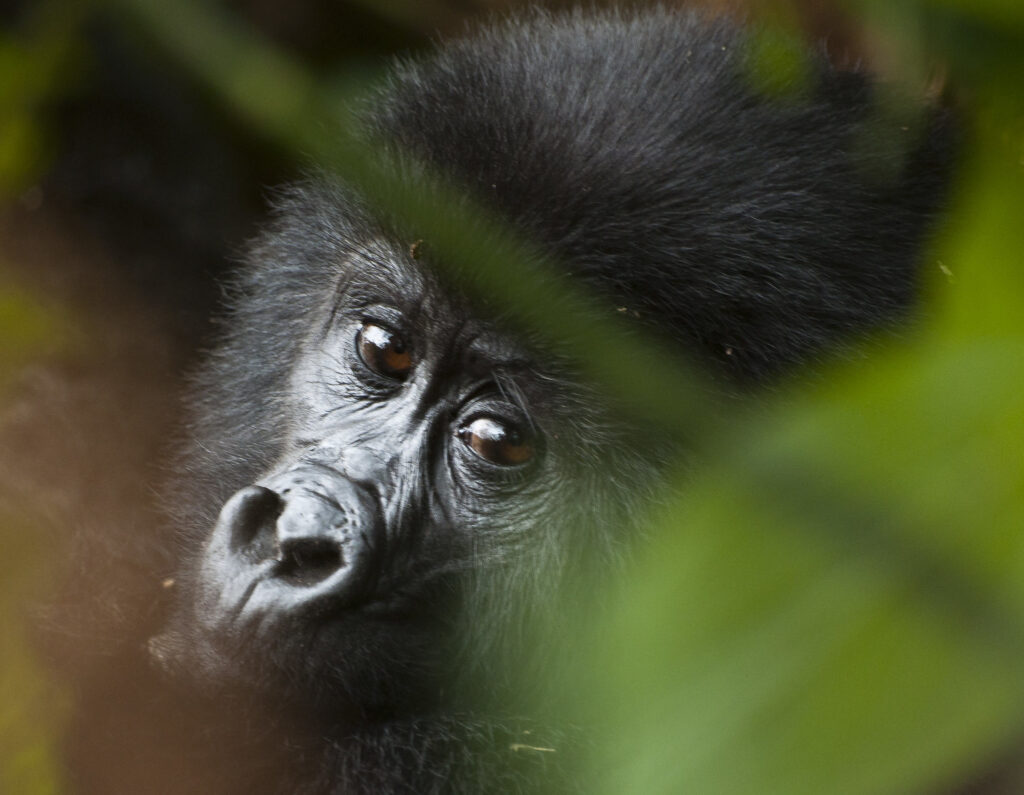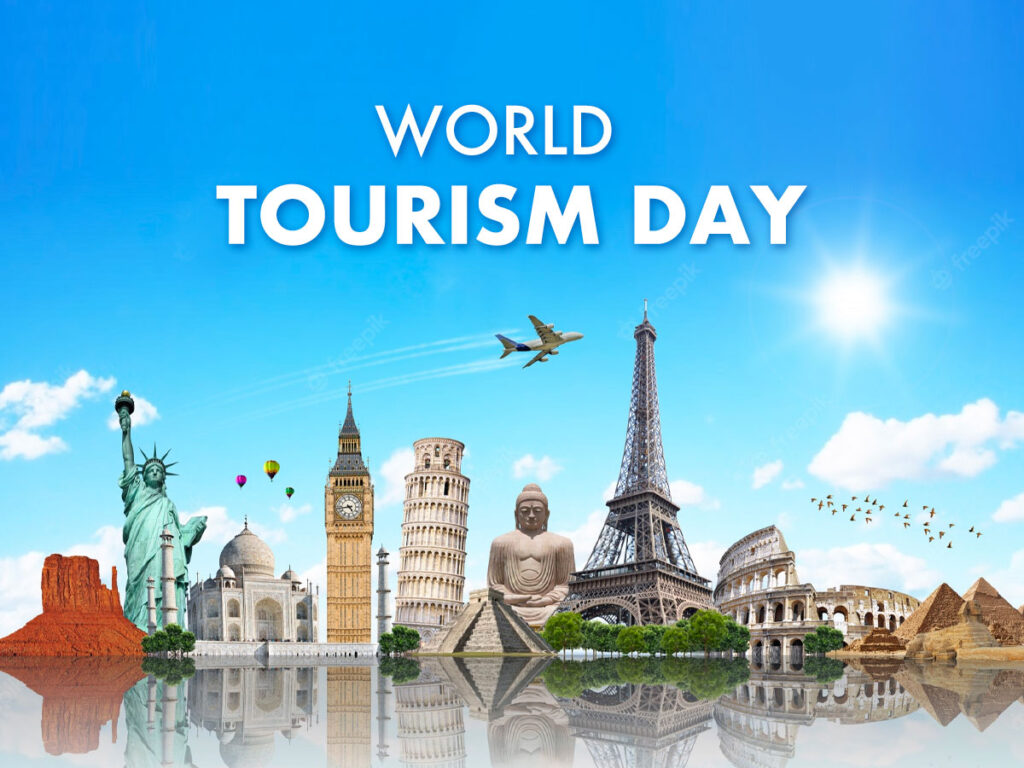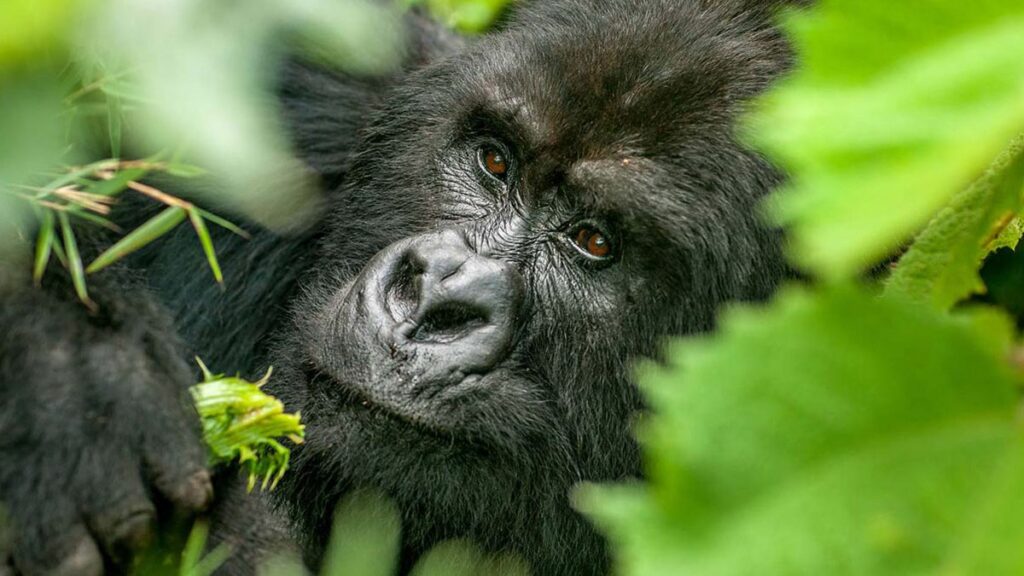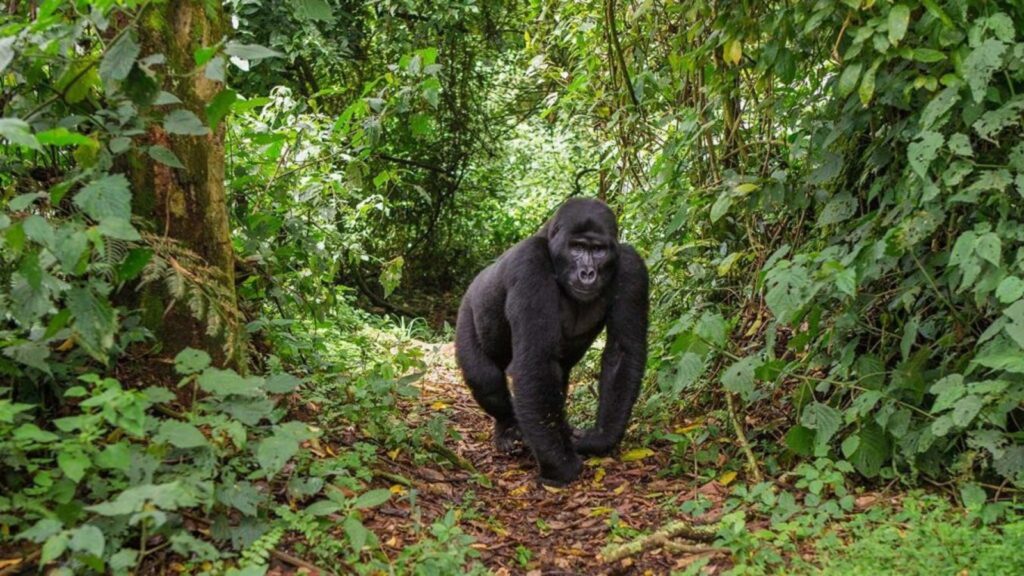Best Time of Year for Gorilla Trekking – Weather and Wildlife Insights
Gorilla trekking seasons. Planning your gorilla trek begins with one important decision: when to go. The experience is magical all year, but weather, trail conditions, and visibility change from month to month. Knowing the best time helps you prepare for a smoother, more enjoyable trek.
Gorilla Trekking Is Available Year-Round
Uganda, Rwanda, and the Democratic Republic of Congo allow gorilla trekking in every season. Park rangers monitor and track the gorillas daily, ensuring you have a high chance of finding them—even during the rainy months.
But certain times of year offer better trail conditions, clearer views, and more comfortable trekking.
Dry Seasons: June to September & December to February
These are the peak seasons for gorilla trekking. Trails are drier, vegetation is less dense, and the experience is easier for most trekkers.
Benefits of the Dry Season:
- Easier hikes due to less mud and fewer slippery trails
- Better visibility of gorillas in open forest spaces
- Comfortable weather conditions for hiking and photography
- High tourist demand means permits sell out early
The dry season also coincides with school holidays and European summer, making it popular with international travelers.
Wet Seasons: March to May & October to November
These months bring heavier rainfall and thicker forest vegetation. Trails become muddy and steep. But it’s also the low season, which means fewer tourists and more permit availability.
Reasons to Consider the Rainy Season:
- More affordable accommodation rates
- Less crowded trekking groups
- Lush forest scenery and active gorilla behavior
- Good photography lighting under the mist and canopy
Gorillas may stay closer to park boundaries during rain, making some treks shorter than expected.
Month-by-Month Breakdown
- January–February: Dry, sunny, and ideal for trekking. Trails are in good shape.
- March–May: Rainy but green. Prepare for muddy paths and longer hikes.
- June–September: Peak season. Excellent weather and best trekking conditions.
- October–November: Short rains. Trekking still possible, with fewer crowds.
- December: Dry and festive. A great time for combining gorilla trekking with holiday travel.
Other Considerations
- Uganda’s Bwindi Impenetrable Forest is misty year-round but cooler from June to August.
- Rwanda’s Volcanoes National Park is at a high elevation, so bring warm layers even in dry months.
- Congo’s Virunga National Park can be unpredictable, so check for travel updates.
Always wear proper hiking boots, carry a waterproof jacket, and be ready for changing weather—no matter the season.
Our Recommendation
For first-time trekkers, the dry seasons (June–September or December–February) are best. They offer easier treks and great views. But if you’re flexible and seeking a quieter, greener experience, the rainy months still deliver unforgettable moments.
Plan Early, Travel Wisely
No matter when you go, gorilla trekking offers a rare connection with one of the world’s most endangered animals. Permits are limited, so plan and book well in advance—especially for peak season dates.
